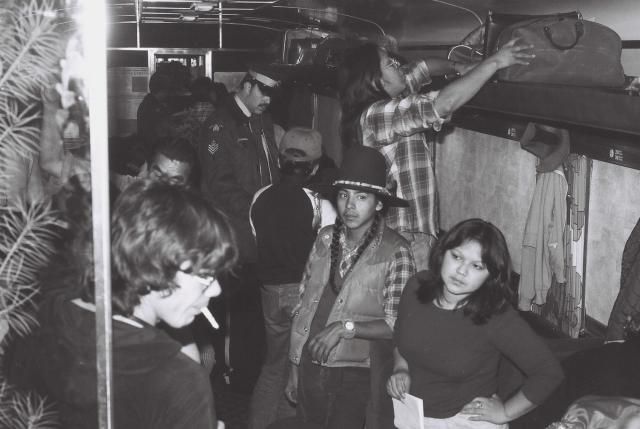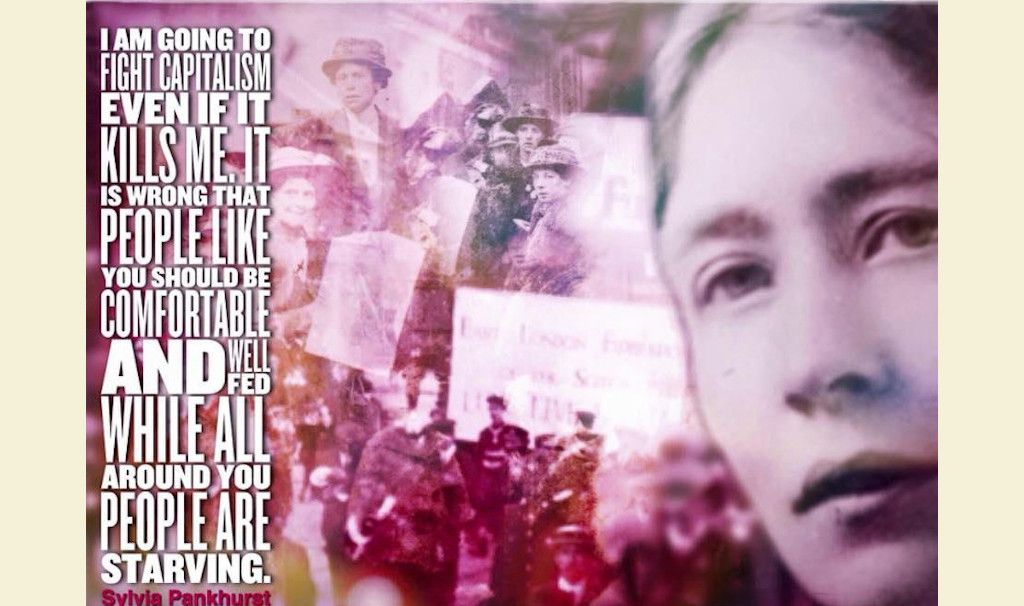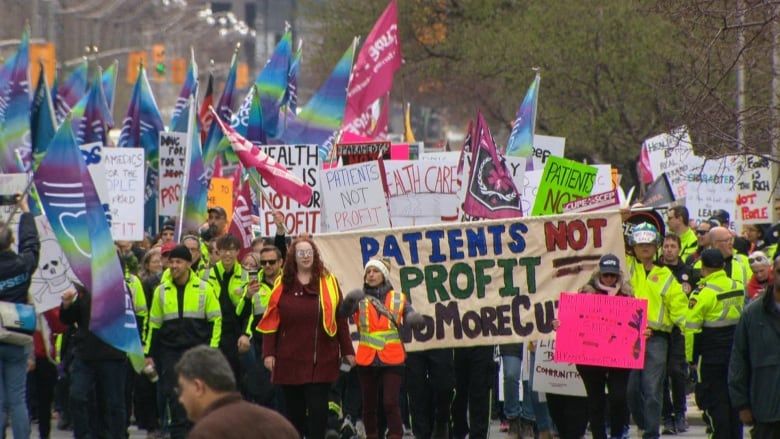
Both Justin and his father Pierre Trudeau are good at fine sounding words. But their actions are different. Fifty years ago, Pierre Trudeau’s Liberal government released the White Paper Statement of the Government of Canada on Indian Policy, which proposed eliminating the legislative and constitutional status of Indigenous people, claiming it would end discrimination.
Harold Cardinal, one of the leaders of the opposition, wrote The Unjust Society in response to the White Paper. He stated that “In spite of all government attempts to convince Indians to accept the white paper, their efforts will fail, because Indians understand that the path outlined by the Department of Indian Affairs through its mouthpiece, the Honourable Mr. Chrétien, leads directly to cultural genocide. We will not walk this path.”
Today, Trudeau the younger continues with fine words of reconciliation, but pursues policies that the continue the genocide.
Pierre Trudeau’s government unleashed a storm of opposition from Indigenous peoples which continues to this day. This bold, resolute and fierce resistance was in response to the government’s release of the White Paper. The introduction to this new “Indian policy statement” states:
“Indian relations with other Canadians began with special treatment by government and society, and special treatment has been the rule since Europeans first settled in Canada. Special treatment has made of the Indians a community disadvantaged and apart.
“Obviously, the course of history must be changed.”
This policy was controversial because it proposed to absorb “Indians” into the mainstream, removing Indian status, reducing First Nations’ people to another ethnic group, rather than recognizing them as the First Peoples of this land. The proposal sought to turn the collective land base of First Nations into “fee simple” (private and individual) ownership of land: to be divided, sold and developed as dictated by the market. It also absolved the Federal government of a fiduciary duty to First Nations, intending that programs would be devolved to the provincial governments. First Nations were angered at the prospect of the treaties they signed with the crown, in good faith, being swept aside by this policy which also proposed to eliminate the Indian Act.
The White Paper was withdrawn in 1970 after Indigenous groups across Canada mobilized and brought forward their own agenda to the Canadian government. The Red Paper demanded that no changes be made to Aboriginal status without their consent and rejected the fee simple ownership system. In the years following the White Paper, Indigenous peoples continued to fight.
Thousands of Indigenous peoples travelled on “The Constitution Express” to Ottawa in November 1980 and another delegation headed directly to London the following year to demand that Aboriginal and treaty rights be recognized and affirmed in the Canadian Constitution. The struggle has not let up, as the agenda of the White Paper is still present.
The Idle No More grassroots movement, started in 2012 by three First Nations women and one ally in Saskatchewan in response to Harper’s Bill C-45, has energized large numbers of young Indigenous and non-Indigenous peoples. This bill, similar to the White Paper, was an attempt to make the leasing of reserve land easier and was intent on ignoring any nation-to-nation agreement between First Nations and government.
First Nations continue to resist colonialism: from the Indigenous-led fight against the Trans Canada pipeline to Inuit opposition to the Muskrat Falls Hydro project in Labrador and the Wet’suwet’en’s struggles to protect their traditional territories from the exploitative hands of big business. Socialist Alternative supports these struggles, the right to self-determination for Indigenous peoples, and an environmentally sustainable and brighter future for all.



